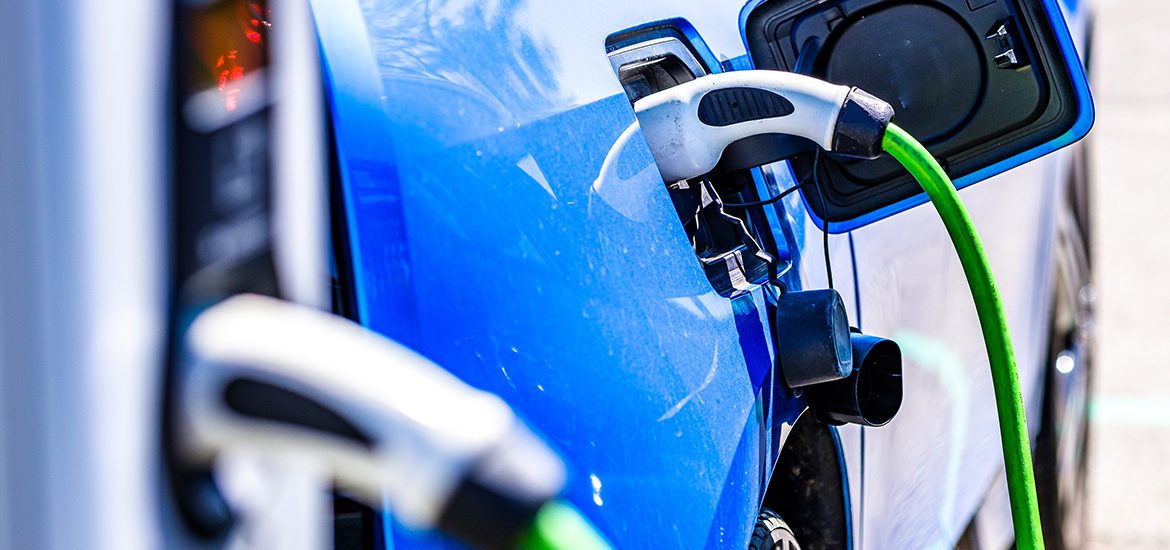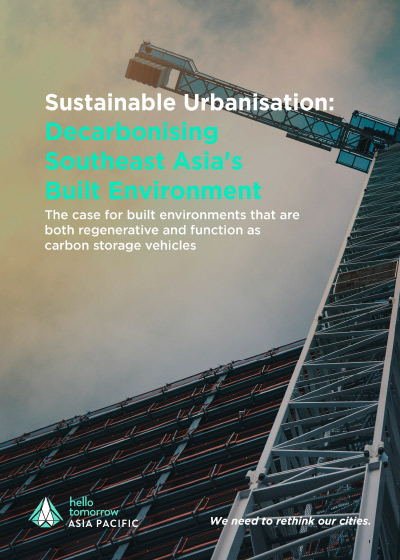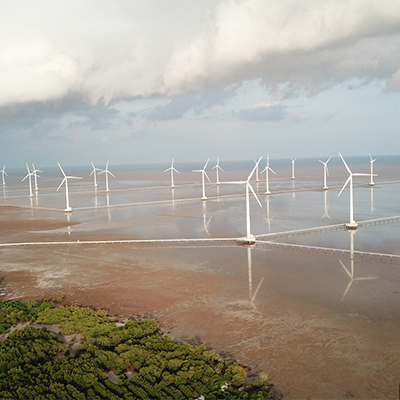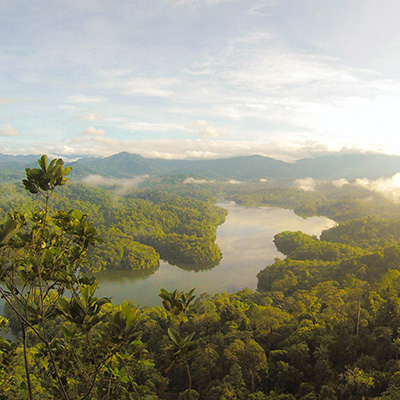Southeast Asia, rich in natural resources and valuable natural biodiversity, plays a pivotal role in the world's net zero transition. However, it is also extremely vulnerable to global warming - Asia is home to 99 of the world's 100 most environmentally at-risk cities.
To combat such risks, many Southeast Asian governments have pledged ambitious carbon neutrality plans backed by massive stimulus to push for green and sustainable industries.
The Singapore Budget 2022 announcement has revealed how Singapore is moving decisively to take its Green Plan forward. The Singapore government is targeting to reach net-zero emissions by or around mid-century, and this will entail advancing our mandate to adopt lower-carbon renewable energy sources and increasing investments in low-carbon transition technologies.
Concrete steps include the issuance of S$35 billion of public sector green bonds by 2030 to help develop a robust green finance market and accelerating the adoption of electric vehicles (EVs).
To support the green transition, the government will provide an essential framework that financial institutions and businesses will eventually need to adhere to.
These commitments not only seek to address the immediate climate issues but have the potential to create more than US$1 trillion in annual economic opportunities by 2030, according to Bain.
For investors, this is a nascent opportunity and an emerging thematic trend. But knowing where governments and industry will focus efforts could build resilience into your portfolio and help your investments grow in tandem with the markets.
Here are some themes and market developments to look out for:
#1: Building sustainable smart cities
Southeast Asia is expecting a population surge of 90 million in the next decade, which will put more stress on existing infrastructure. Cities are a key contributor to climate change, being responsible for 75 per cent of carbon emissions, with transport and buildings being the largest emitters. Smart building solutions can unlock cost savings by adopting efficient energy usage.
However, to move the needle on climate change, the future of transport has to be electric, which is currently insignificant at under 1 per cent of market penetration globally. Indonesia has set an ambitious target for EVs to make up 20 per cent of the total number of domestic vehicles manufactured in the next 5 years.
Globally, EVs are expected to grow by 36 per cent annually to reach 245 million vehicles in 2030 - more than 30 times today's level. Southeast Asia is expected to see even bigger exponential expansion.
With such goals, there will be immense improvements in EV infrastructure. For example, Singapore is aiming to deploy 60,000 charging points and will require all newly-registered cars to be cleaner-energy models by 2030. Internal combustion engines will be phased out by 2040.
Bankability is a common barrier in financing these sustainable infrastructure projects, and private capital could help bridge this gap. For example, in September 2021, HSBC and Temasek jointly launched a US$150 million platform to catalyse the financing of marginally bankable infrastructure projects, with sights set on scaling up to US$1 billion worth of loans within 5 years.









